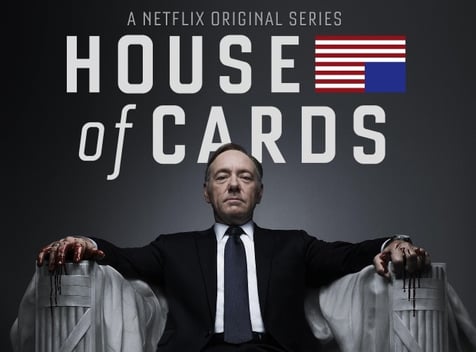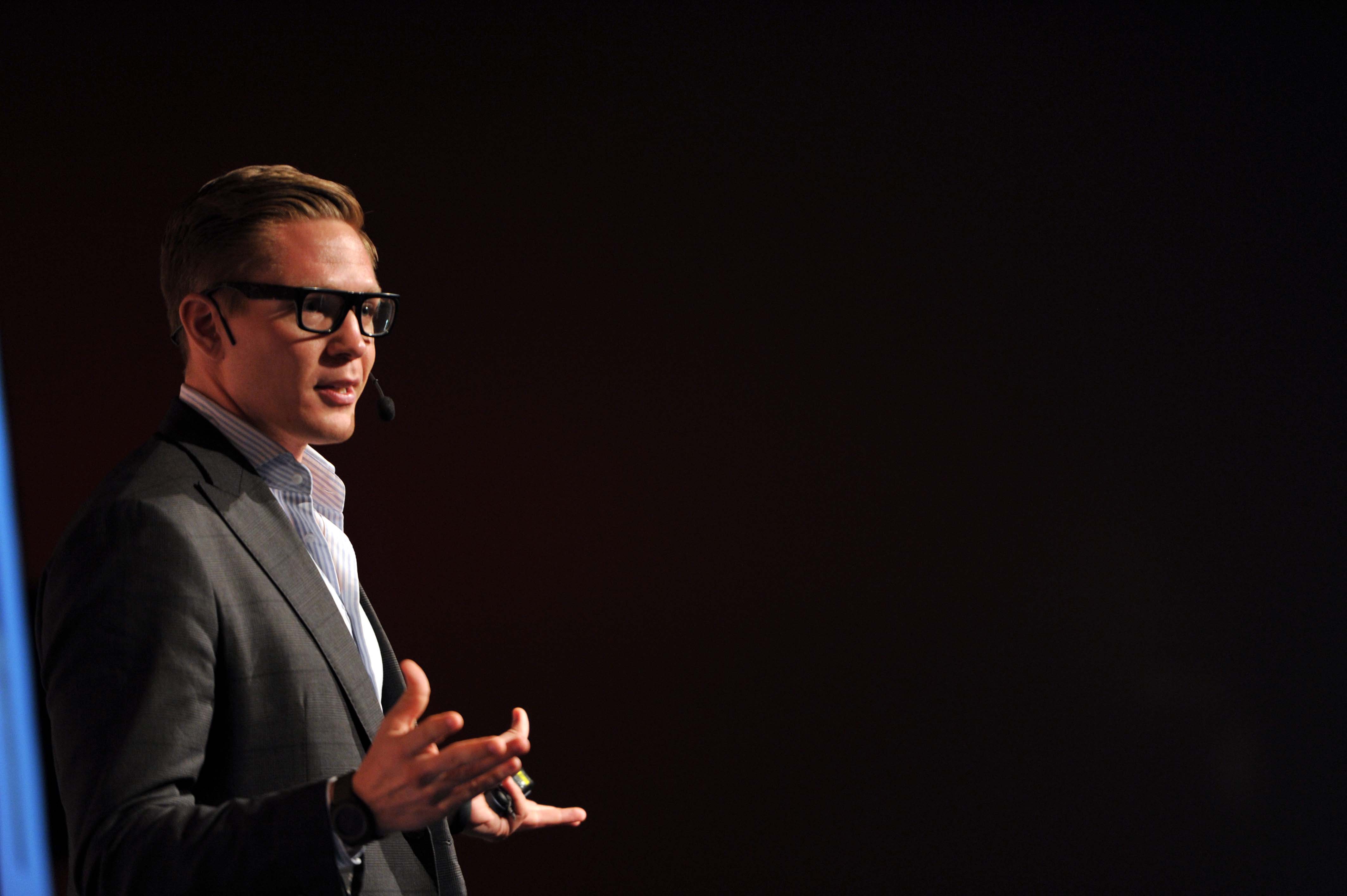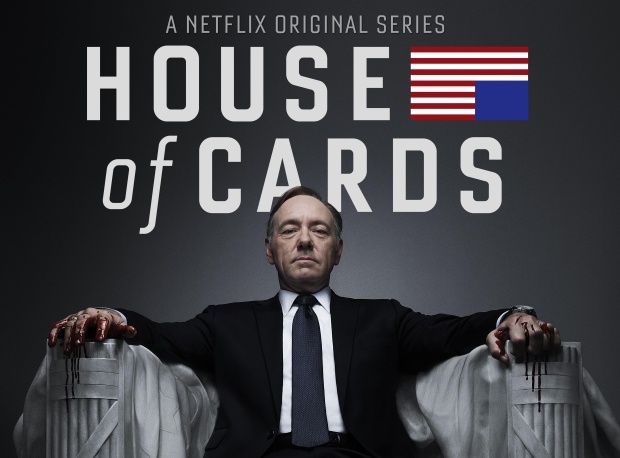Foresights and ideas that expand minds and inspire a change of heart.


Increasingly, digitization is shaping and shifting the way we shop, live and work. And one of the key elements of digitization is access to information, and as such the end of information assymmetry. In the past retailers were important intermediaries of information, knowledge, insight, and curators of price. Now, on the internet, there is always a sale somewhere in the world that you have access to as a consumer, fashion bloggers are posting reviews, and price comparison sites are turning physical stores into showrooms. My observation is that increasingly our rational, information-focussed minds have become digitized, and as a result we do a lot of our due diligence digitally. However, our hearts are still emotional, analogue, and experience-seeking. This changes the game for how retailers must communicate and curate world-class experience – in a Digilogue fashion.
Smart brands are now experimenting with the convergence of the digital and the analogue. Some may call this omnichannel, but it is not just about push and pull marketing, it’s also about Digilogue experiences. One example of this is IKEA’s highly Digilogue Catalogue in 2014, which used augmented reality to bring furniture alive to scale in people’s homes. Consumers were able to change colours, constellations, and materials, and see how the furniture would fit into their personalized context. This convergence of the digital and the analogue requires a paradigm shift in thinking by marketers and brands, because they realise that they must combine, in interesting and helpful ways, digital information with analogue experiences.
I often tell my clients that you must be data scientific on the inside, but a little bit arty on the outside. In other words, the data is key to knowing what we should focus on - ROI, emergent oppurtunities, trends, psychographics and insights, but this data needs to be converted into beatifully designed products and services – interfaces – that consumers value and treasure. We cannot mesmerize and attract customers if we seem too data scientific on the outside. Why? Because consumers freak out. However if you do it in a smart way, like Netflix, which mines data about your viewing behaviour, and then offers useful recommendations in the privacy of your home, or mobile screens, we find this ok. Based upon the data Netflix generates, they gain insights into combinatorial effects and storylines which they know will be hits. For example, based on their consumer insight they combined director David Fincher with actor Kevin Spacey, and took 20 year old British series, overlaid an American context, and created House of Cards. The data told them that these combinations would most likely create a hit TV series. Imagine if you were able to get this close to the customer, that you knew your next Private Label, shirt label, or can of soup would be a success before it hit the shelves!


Header Text
Lorem ipsum dolor sit amet, consectetur adipiscing elit, sed do eiusmod tempor incididunt ut labore et dolore magna aliqua. Ut enim ad minim veniam, quis nostrud exercitation ullamco laboris nisi ut aliquip ex ea commodo consequat. Duis aute irure dolor in reprehenderit in voluptate velit esse cillum dolore eu fugiat nulla pariatur.
Lorem ipsum dolor sit amet, consectetur adipiscing elit, sed do eiusmod tempor incididunt ut labore et dolore magna aliqua. Ut enim ad minim veniam, quis nostrud exercitation ullamco laboris nisi ut aliquip ex ea commodo consequat. Duis aute irure dolor in reprehenderit in voluptate velit esse cillum dolore eu fugiat nulla pariatur.
Lorem ipsum dolor sit amet, consectetur adipiscing elit, sed do eiusmod tempor incididunt ut labore et dolore magna aliqua. Ut enim ad minim veniam, quis nostrud exercitation ullamco laboris nisi ut aliquip ex ea commodo consequat. Duis aute irure dolor in reprehenderit in voluptate velit esse cillum dolore eu fugiat nulla pariatur.

Header Text
Lorem ipsum dolor sit amet, consectetur adipiscing elit, sed do eiusmod tempor incididunt ut labore et dolore magna aliqua. Ut enim ad minim veniam, quis nostrud exercitation ullamco laboris nisi ut aliquip ex ea commodo consequat. Duis aute irure dolor in reprehenderit in voluptate velit esse cillum dolore eu fugiat nulla pariatur.
Lorem ipsum dolor sit amet, consectetur adipiscing elit, sed do eiusmod tempor incididunt ut labore et dolore magna aliqua. Ut enim ad minim veniam, quis nostrud exercitation ullamco laboris nisi ut aliquip ex ea commodo consequat. Duis aute irure dolor in reprehenderit in voluptate velit esse cillum dolore eu fugiat nulla pariatur.
Lorem ipsum dolor sit amet, consectetur adipiscing elit, sed do eiusmod tempor incididunt ut labore et dolore magna aliqua. Ut enim ad minim veniam, quis nostrud exercitation ullamco laboris nisi ut aliquip ex ea commodo consequat. Duis aute irure dolor in reprehenderit in voluptate velit esse cillum dolore eu fugiat nulla pariatur.

Header Text
Lorem ipsum dolor sit amet, consectetur adipiscing elit, sed do eiusmod tempor incididunt ut labore et dolore magna aliqua. Ut enim ad minim veniam, quis nostrud exercitation ullamco laboris nisi ut aliquip ex ea commodo consequat. Duis aute irure dolor in reprehenderit in voluptate velit esse cillum dolore eu fugiat nulla pariatur.
Lorem ipsum dolor sit amet, consectetur adipiscing elit, sed do eiusmod tempor incididunt ut labore et dolore magna aliqua. Ut enim ad minim veniam, quis nostrud exercitation ullamco laboris nisi ut aliquip ex ea commodo consequat. Duis aute irure dolor in reprehenderit in voluptate velit esse cillum dolore eu fugiat nulla pariatur.
Lorem ipsum dolor sit amet, consectetur adipiscing elit, sed do eiusmod tempor incididunt ut labore et dolore magna aliqua. Ut enim ad minim veniam, quis nostrud exercitation ullamco laboris nisi ut aliquip ex ea commodo consequat. Duis aute irure dolor in reprehenderit in voluptate velit esse cillum dolore eu fugiat nulla pariatur.
& STAY UP TO DATE WITH FORESIGHTS AND TREND REPORTS!
WE WILL EQUIP YOU WITH THE VIDEOS AND MATERIALS YOU NEED TO SUCCESSFULLY PITCH ASN.
0 Comment